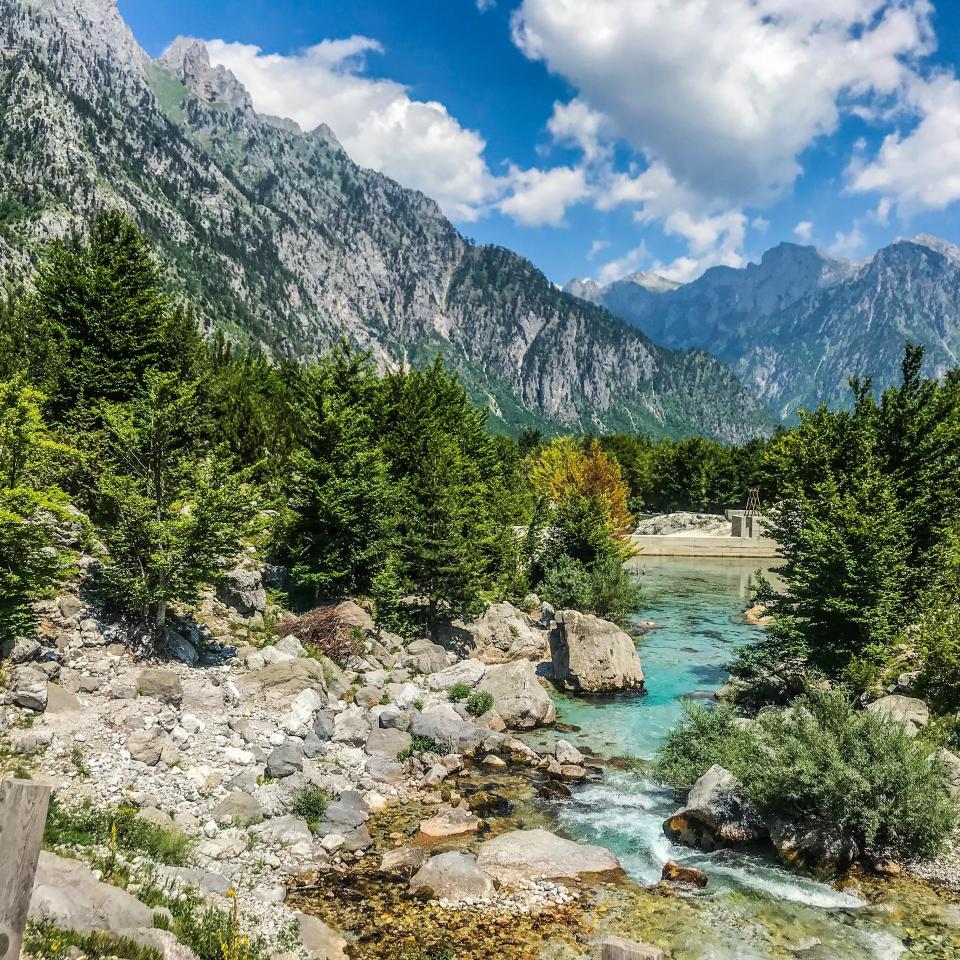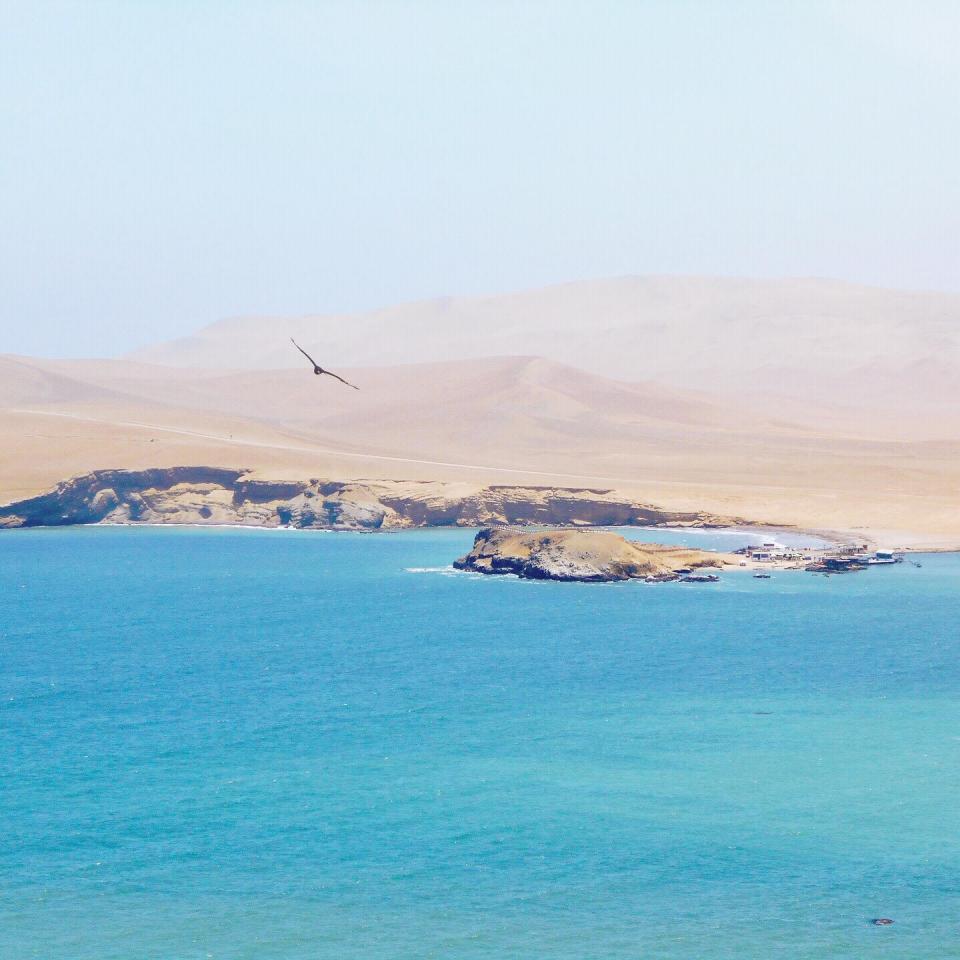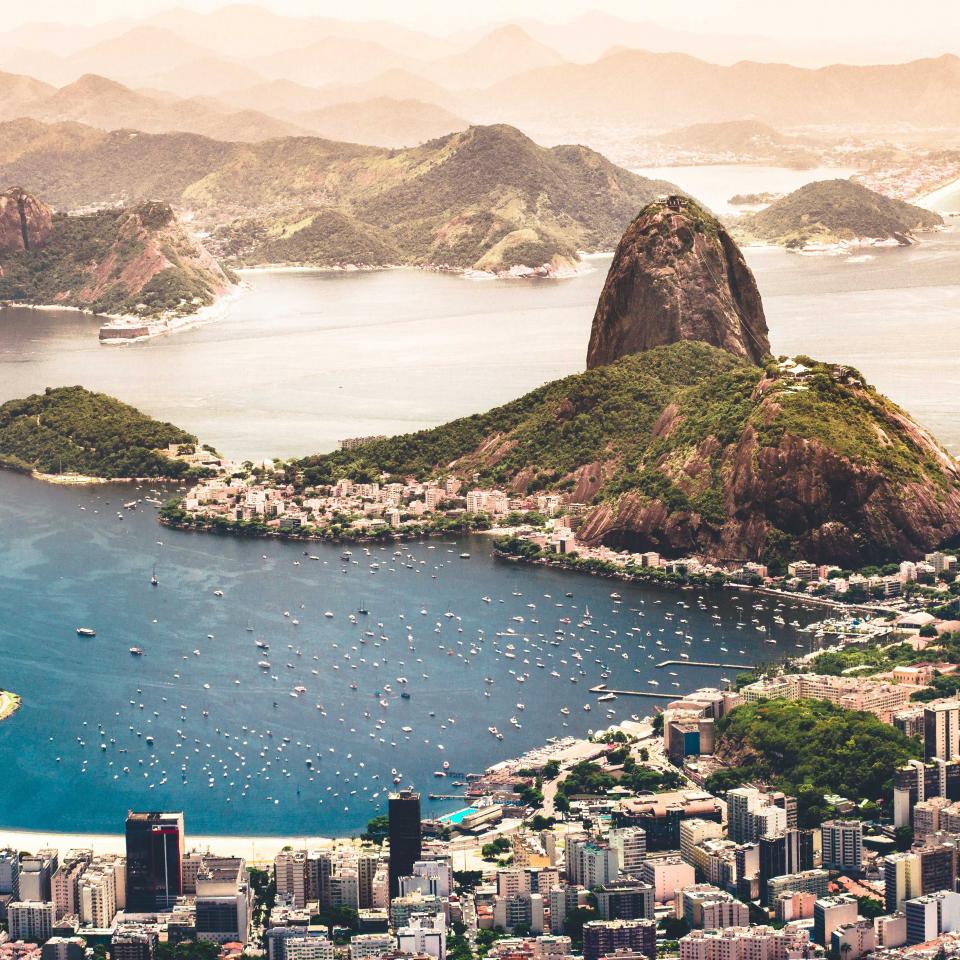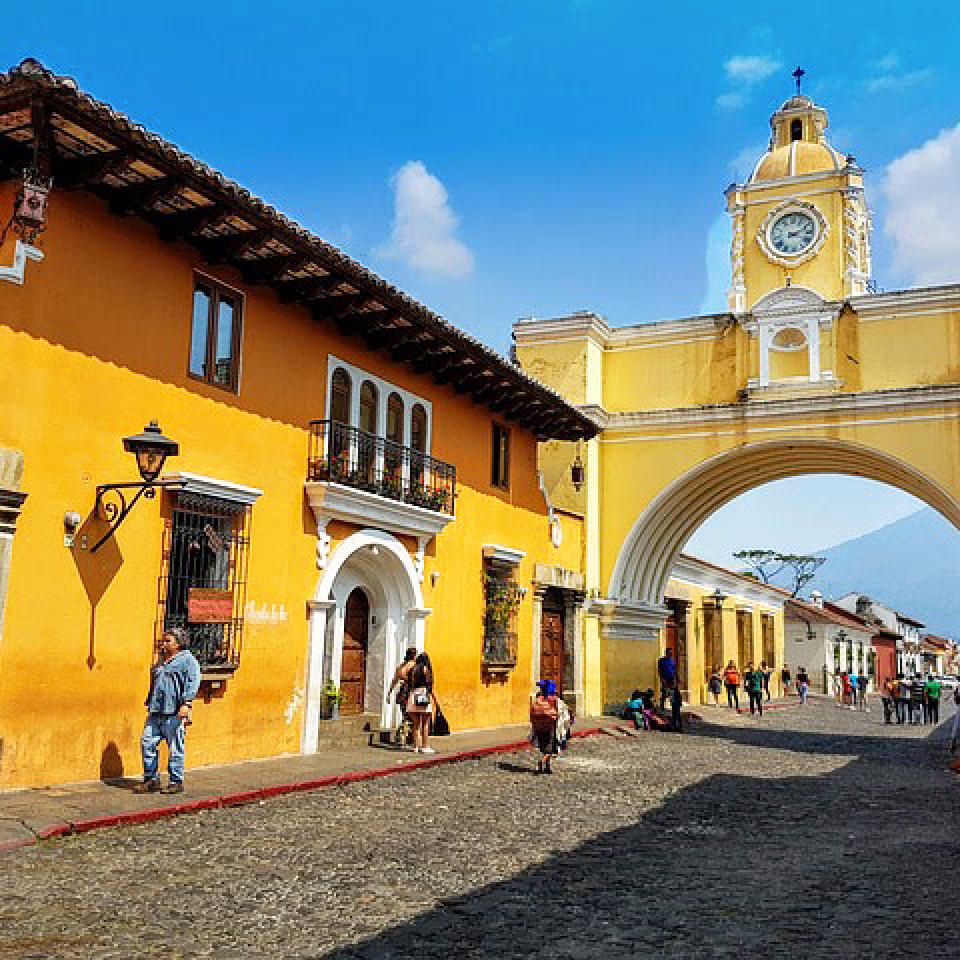Ahhh Cartagena! Based on the Caribbean coast of Colombia, this beautiful town is on every backpackers itinerary.
Cartagena's Old Town is a Unesco World Heritage Site and with its maze of cobbled streets, impressive churches, leafy plazas and ancient fortresses, it is not hard to understand how or why. Cartagena is the perfect place to stroll around and explore, soaking up the rays during the day and the sensual atmosphere at night.
The two most popular areas in Cartagena, are the historical district (old town) which is bedded in by colonial walls and cannons that stretch along the oceanfront, and the modernised Bocagrande, a neighbourhood that comprises of fancy bars, nightclubs and lots of luxury hotels. Most backpackers stay within the historical district and there is plenty to keep you busy.
Bus:
Cartagena is very well connected to the rest of Colombia. It has one bus station, Cartagena Terminal, that is situated about a 15 minute taxi ride outside of the old town, where most, if not all, backpackers stay (taxi should cost no more than COL$10,000 (€2.80 / $3). The best bus operators that I traveled with were:
The most common destinations reached from Cartagena by bus are: Barranquilla (2 hours); Bogota (20 hours); Cali (25 hours); Bucaramanga (14 hours); Medellin (13 hours) and Santa Marta (4 hours). You can book tickets at the station or use busbud or Checkmybus.
Flying:
The airport in Cartagena is called ‘Rafael Nunez International Airport’ with direct flights from Fort Lauderdale (Spirit Airlines) and Miami (Avianca airlines).
Boat:
You can also arrive into Cartagena by boat from Panama City which takes between 3-6 days depending on the price and route. Whilst I have not done this, I have heard incredible things about it and there is the option of a two day stop over in San Blas, a stunning island located just of the Panamanian coast.
Walking:
If you stay in the historical district of Cartagena everything is accessible on foot. With so much beauty to see, this is definitely the best way to explore Cartagena.
Taxi:
If you would like to go further afield or get to the bus station, I would advise taking a taxi. You can flag down a licensed taxi really easily or ask your hostel to book one for you.
UBER:
Alternatively, UBER is big in Cartegena. Download the app before you go to South America as it comes in very handy. However, book it in plenty of time, the drivers like to drive around in circles for a little bit first.
The best way to do this is with a free walking tour. You can ask your hostel about this, but I highly recommend doing one. As one of colonial Spain’s most important ports, the historical centre is adorned with impressive stone fortresses and protective walls of up to 30 meters in width.
Strolling around Cartagena is like stepping back in time, losing yourself in tales of piracy. The walking tour begins at 10am and 4pm every day, leaving from the Plaza Santa Teresa, outside the Museo Naval del Caribe. Guides are in English and Spanish.
Cost: Free. Donations welcome at the end.
The Rosario Islands are the largest collection of islands off the Caribbean coast of Colombia and they are stunning! They sit about 50 minutes by public boat which you can catch from Cartagena’s main harbour (15 minute walk from the historical centre).
Try and get on the first boat of the day to make a full day of it. You can do this on your own rather than with a tour which is significantly more expensive. Make sure you check when the last boat leaves the islands to return to Cartagena, and book your return ticket as soon as you get there to avoid missing out on seats.
Cost for boat ticket: COL$15,000 (€4 / $5) one way.
Cartagena has plenty of live salsa on offer and Cafe Havana is the place to be to experience it. Prepare for your soul to be set on fire with the electricity of this place.
Located on the corner of the main road, Calle Media Luna, this place demonstrates the true importance of music to the Colombian's. However, there is a hefty cover charge and the queue is long, even on a good day. Whilst the doors open at 9pm, quite often the bands do not start until a couple of hours later, by which time you are squished in like sardines or spilling out onto the streets. I still advise people to check it out though, it is a once in a lifetime experience, one that you will never get again and isn’t that what travelling is all about?
Cost: varies depending on the night. Check them out on Tripadvisor.
With its position on the Caribbean coast there are many incredible islands within reach of Cartagena. However, if you don’t fancy a boat ride or being on a schedule, but want the magic of a Caribbean Island, then head to Isla Baru.
You can take a taxi there which takes around 40 minutes and should not cost more than COL$25,000 (€7 / $8). You can even ask the driver to wait for you until you are ready to go home, negotiate a rate that works well for both of you.
The taxi will take you to Playa Blanca, then hop on a motorbike taxi (COL$4,000 / €1 / $1) and head towards the end of the road where the white sands and crystal waters await. You can relax on the beach until your heart’s content or head right and walk towards the beach bars, get ready to sip mojitos and lounge in a hammock.
If you are looking to perfect your kite surfing skills or learn from scratch, Cartagena provides the perfect backdrop for it. It is not cheap, but if you are interested, check out Pure Kitesurf.
You can go for 1 hour or buy a package split over how ever many days you would like.
Cost: All pricing details are on their website and they are dependent on how many lessons you would like.
The FEM Foundation (see our Positive Impact Section below) work really closely with the communities of Cartagena and through that, they have partnered up with Cartagena Insider to offer a tourist alternative tour, based in cultural and sustainable tourism. Their tours enable visitors to discover the lesser known and more authentic Cartagena, by connecting visitors with locals.
If you would like to know more, and enjoy a truly unique experience, this is for you. And for every ticket sold, the money goes directly towards their community projects, helping and benefiting the very locals you will meet and enjoy the tour with.
For more information, please click here.
Head out of Cartagena:
A weird and wonderful experience. Less than 1 hour outside of Cartagena sits a small and active volcano, El Totumo. Filled with natural mud and bubbling with volcanic gases, you can climb inside and get a nice mud massage. Once you have revitalised yourself, you walk to a nearby lagoon where a lovely Colombian lady awaits to wash you down, making sure ALL of the mud is scrubbed away, leaving you with skin smoother than a baby's bottom. Sounds crazy I know - but I urge you to try it.
Cost: COL$10,000 (€3.80 / $3; not including transport or tips).
Republica Hostel: Based inside of a large colonial building, this hostel has a lot to offer, but it does not come cheap. The beds are ridiculously comfortable, there is a kitchen, a pool, large TV and chill out room and a great roof terrace. Each bed is like a cubby hole into the wall so there is a nice amount of privacy and most rooms are ensuite. The staff were super helpful and friendly.
Cost COL$60,000 (€17 / $20) per night for a bed in an 8 bed mixed dorm.
Follow them on Instagram: @republicahostels
If you would like to stay outside of the old town, then I suggest the Getsemani district which is a little quieter and slightly cheaper.
Santo Domingo Vidal Hostal: 10 minutes from the walls of the old town and set in a picturesque colonial style house. Next door is Cafe de Mural, a popular coffee shop, and across the street are some awesome murals complete with a cosy little outdoor patio where you can drink your morning coffee.
Cost: COL$37,800 (€11 / $12) for a bed in a 4 bed mixed dormitory.
Street Food:
Empanadas of course! Filled with egg/chicken/vegetables/cheese and deep fried until it is golden and crispy. If you like fish, then don’t miss out of the ceviche which is sold on every corner - raw fish marinated in lime, often with chili thrown in.
Local Food:
Sancocho is Colombia’s version of stew and it is super delicious. Made with fresh seafood caught locally or chicken, it comes with yuca/plantain, sweetcorn and coriander and a tasty broth. A very popular dish on the Caribbean coast is red snapper with coconut infused rice and plantain.
Vegetarian / Vegan Food:
Head straight to Pezetarian and order one of their amazing Buddha Bowls or salads. Super fresh, incredibly tasty, amazing service and air con (which is much needed in the heat of Cartagena). A perfect spot for journal writing.
The FEM foundation is a Colombian non-profit operating out of Cartagena. Their mission is to empower indigenous and afro communities, "to dream a better future". They do this by listening to their needs, connecting them with relevant stakeholders and fostering a sense of community ownership over sustainable development projects.
They have lots of volunteering opportunities and ways to get involved. Check out their website - all of their contact details are on there if you wanted to get in touch.








